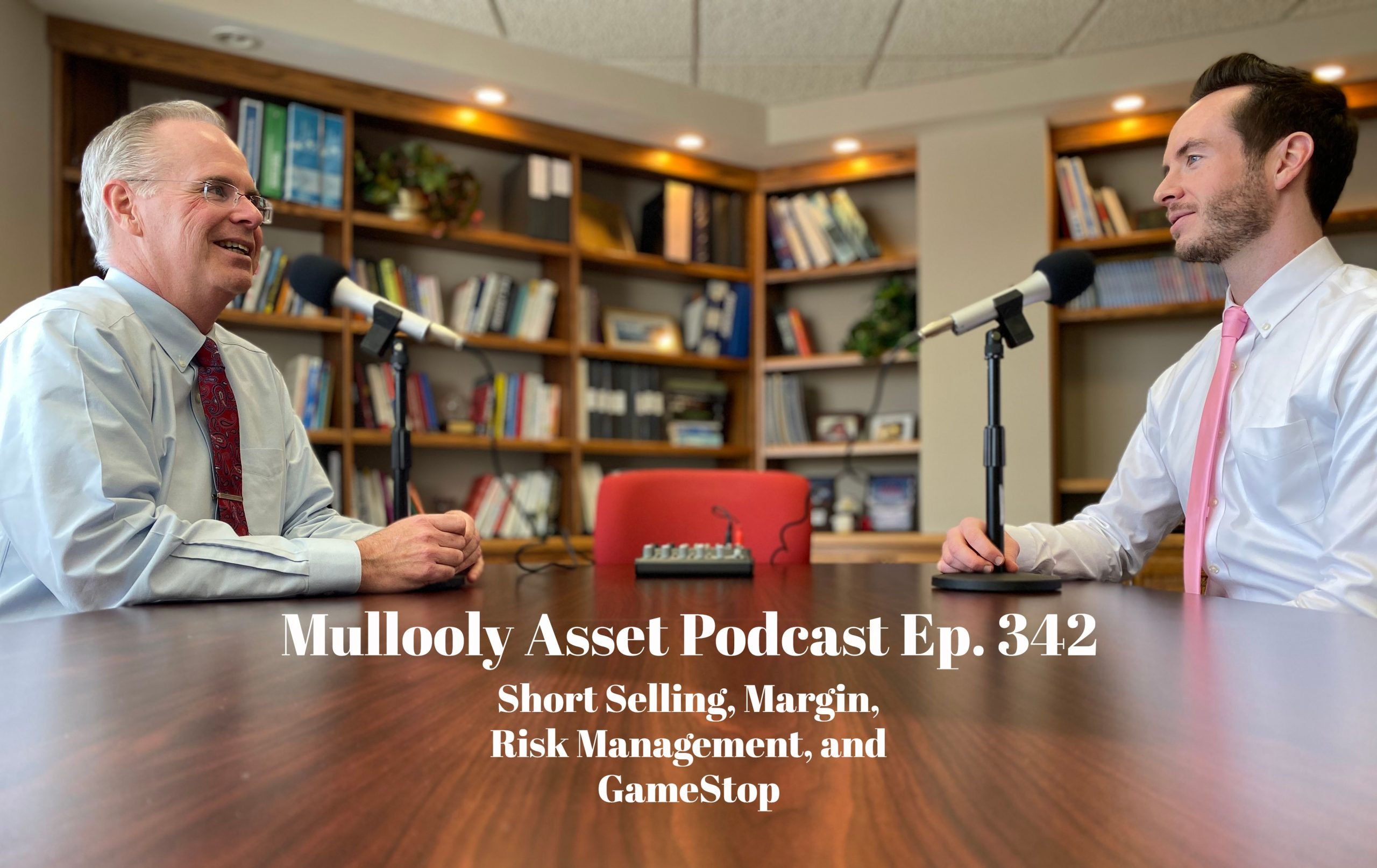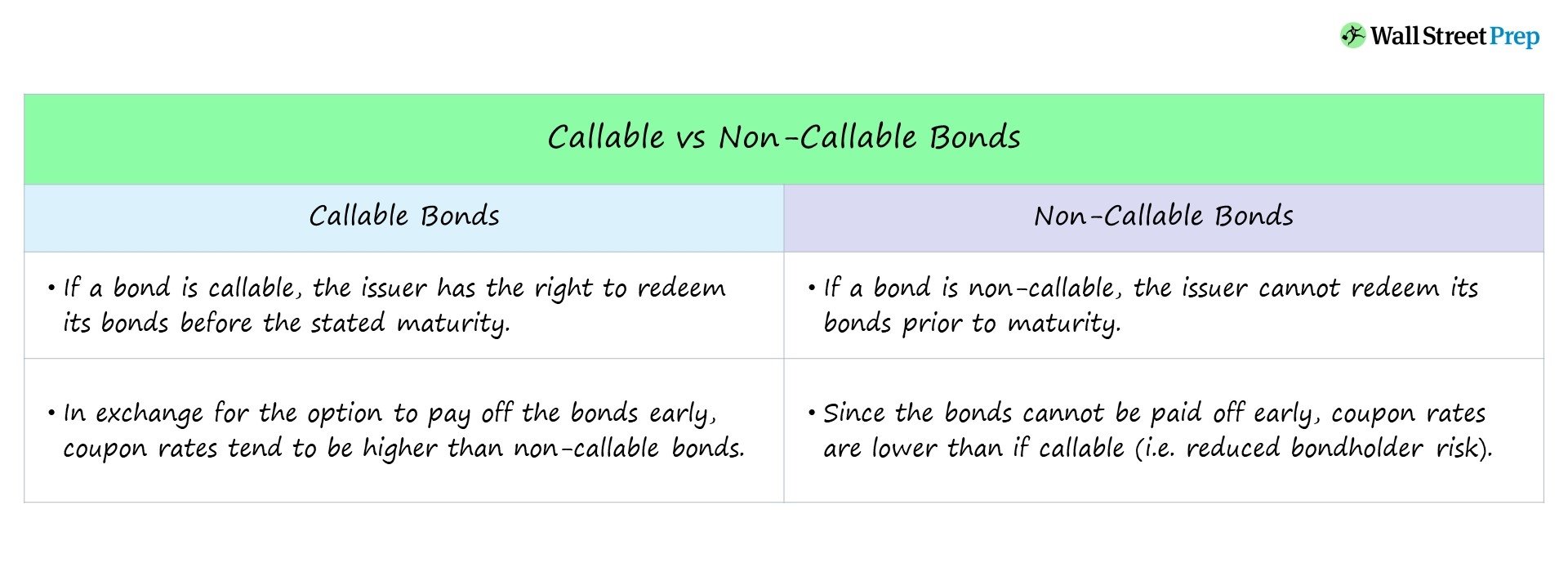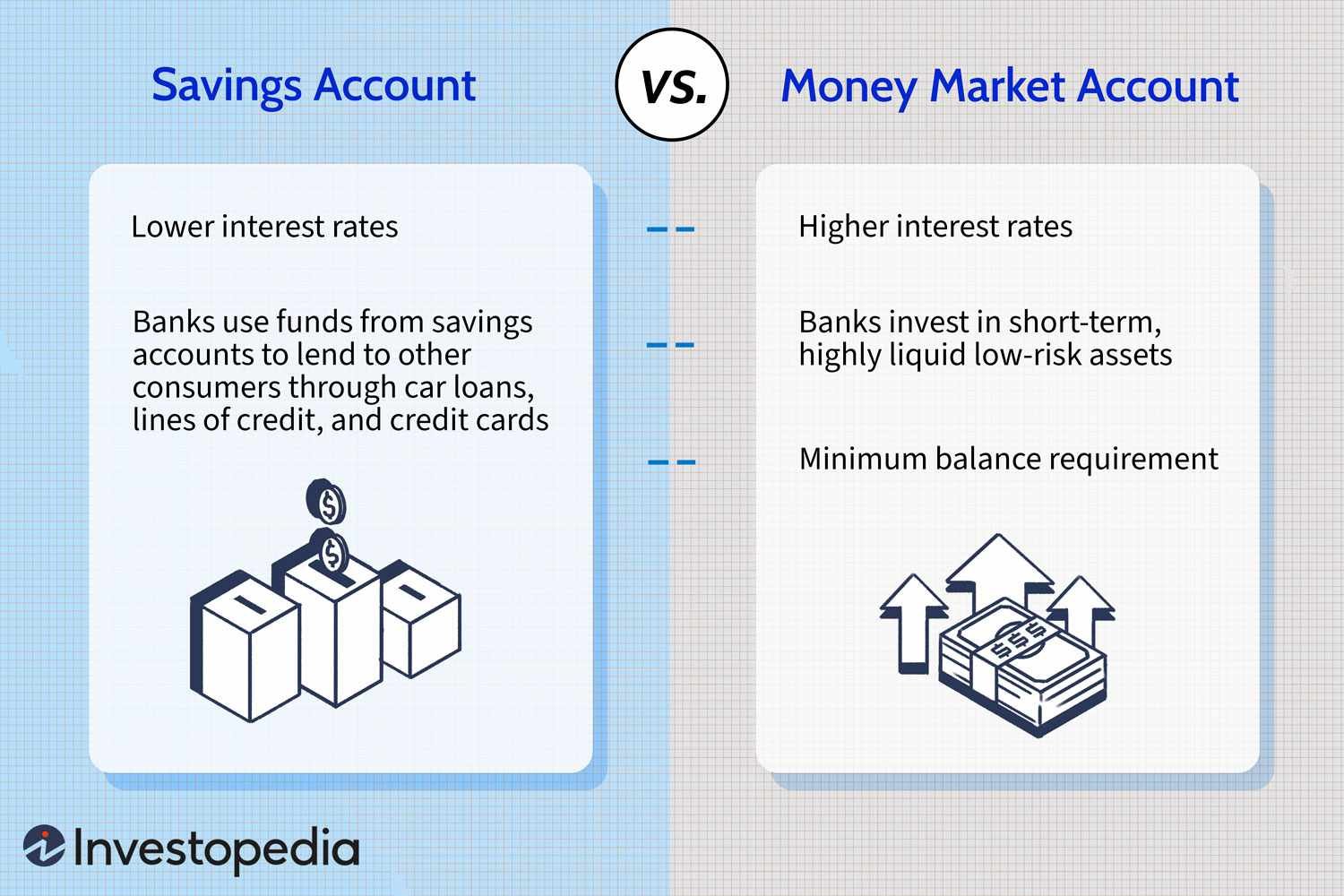Short selling is a common investment strategy that allows investors to profit from a decline in a stock’s price. But what is short selling exactly and how can you effectively manage the associated risks? In this article, we’ll delve into the world of short selling and provide you with practical insights on how to navigate this unique investment approach. By understanding the fundamentals of short selling and implementing risk management techniques, you can become a more informed and confident investor. So, let’s dive in and explore the exciting realm of short selling and how to manage risks effectively.
What is Short Selling and How to Manage Risks
Understanding Short Selling
Short selling is a trading strategy that allows investors to profit from a declining market. Unlike traditional investing, where you buy low and sell high, short selling involves borrowing shares from a broker and selling them in the hopes of buying them back at a lower price in the future. This strategy can be complex, but when executed properly, it can offer significant opportunities for profit.
When you short sell a stock, you essentially bet against its future performance. If the stock’s price drops, you can repurchase the shares at a lower price, return them to the lender (broker), and pocket the difference as your profit. However, if the stock’s price rises, you may face substantial losses.
Short Selling Process
To understand how short selling works, let’s walk through the process step by step:
1. Identifying a stock to short: Start by identifying a stock that you believe will decline in value. Conduct thorough research to analyze the company’s financials, industry trends, and market conditions to support your hypothesis.
2. Borrowing shares: Contact your broker to borrow the shares of the identified stock. Brokers typically have a pool of shares available for short selling. Once you have borrowed the shares, they are sold on the open market.
3. Selling the borrowed shares: After receiving the borrowed shares, you sell them on the stock exchange at the current market price. The proceeds from the sale are credited to your account.
4. Monitoring the stock: Keep a close eye on the stock’s performance. If the price declines as you predicted, you can repurchase the shares at a lower price, fulfilling your obligation to return the borrowed shares.
5. Buying back the shares: When you decide it’s time to close your short position, you need to buy back the same number of shares you initially borrowed. The goal is to buy them at a lower price than what you sold them for, allowing you to profit from the difference.
6. Returning the borrowed shares: Once you repurchase the shares, you return them to your broker. Your short position is now closed, and you no longer have any obligations regarding the borrowed shares.
7. Calculating your profit or loss: The difference between the initial sale price and the repurchase price, minus any fees or commissions, determines your profit or loss. If the repurchase price is higher than the initial sale price, you’ll experience a loss.
Managing Risks in Short Selling
While short selling can be a potentially lucrative strategy, it is important to understand and manage the associated risks. Here are some essential risk management techniques to consider when engaging in short selling:
Thorough Research and Analysis
Before initiating a short position on a stock, conduct thorough research and analysis. Understand the company’s financial health, competitive position, and market conditions. Look for any catalysts that could impact the stock’s price, such as upcoming earnings reports, regulatory changes, or industry trends. The more informed you are, the better equipped you’ll be to make accurate predictions.
Setting Clear Stop-Loss Orders
Stop-loss orders are crucial risk management tools that allow you to limit potential losses. By setting a stop-loss order, you instruct your broker to automatically close your short position if the stock’s price reaches a specific level. This helps you prevent significant losses if the stock’s price starts to rise unexpectedly.
Using Leverage with Caution
Leverage, or borrowed money, can amplify both profits and losses in short selling. While leverage can provide opportunities for higher returns, it also increases risk. Use leverage with caution and only if you have a solid understanding of its implications. Higher leverage means a smaller price increase can trigger a margin call, requiring you to deposit additional funds or close your position.
Diversification
Diversification is a key risk management strategy in any investment approach, including short selling. By spreading your short positions across multiple stocks or sectors, you reduce the impact of a single stock’s unexpected price increase. Diversification helps protect your portfolio and minimizes the risk of significant losses.
Continuous Monitoring
Short selling requires active monitoring of your positions, market trends, and any news that may impact the stocks you’ve shorted. Stay updated with company announcements, industry developments, and market sentiment. Promptly adjusting your positions based on new information can help you minimize risks and seize potential opportunities.
Understanding the Legal and Regulatory Environment
Short selling is subject to various regulations and legal requirements. Stay informed about the rules and restrictions imposed by regulatory bodies to ensure you comply with them. Ignorance of these regulations can lead to severe consequences, including penalties or legal actions.
Keeping Emotions in Check
Emotions can cloud judgment and lead to irrational decisions. When short selling, it’s crucial to remain objective and avoid getting caught up in market sentiment. Stick to your analysis and trading plan, regardless of short-term market fluctuations.
By implementing these risk management techniques, you can navigate the uncertainties of short selling more effectively and increase your chances of success. Remember that short selling involves substantial risks, and it’s essential to stay disciplined, informed, and adaptable throughout the process.
Managing Risk as a Short Seller! Short Selling Risk Management ????
Frequently Asked Questions
FAQs: What is Short Selling and How to Manage Risks
1. What is short selling?
Short selling is a trading strategy where an investor borrows shares of a security from a broker, sells them at the current market price, and aims to buy them back at a lower price to return them to the broker, profiting from the price difference.
2. How does short selling work?
To short sell, an investor borrows shares from a broker, and immediately sells them in the market. If the price of the security drops, they can repurchase the shares at a lower price and return them to the broker, pocketing the difference as profit.
3. What are the risks associated with short selling?
Short selling involves risks such as unlimited potential losses if the price of the security being shorted rises significantly. There is also the risk of margin calls, where the broker demands additional funds or securities if the position moves against the investor.
4. How can I manage the risks of short selling?
To manage the risks of short selling, it is crucial to set stop-loss orders to limit potential losses and define an exit strategy. Monitoring the market closely, conducting thorough research, and staying informed about the latest news and trends can also help in managing risks effectively.
5. Are there any regulations or restrictions on short selling?
Yes, there are regulations and restrictions on short selling imposed by regulatory bodies. These may include rules on disclosure, uptick rules, and short sale circuit breakers. It is essential to stay informed about the specific regulations in your jurisdiction.
6. What are some alternative strategies to short selling?
Alternative strategies to short selling include buying put options, which give the right to sell a security at a predetermined price, and using inverse ETFs (Exchange Traded Funds) that gain value when the underlying security or index declines.
7. Can short selling be used in any market?
Short selling can be used in various markets, such as stocks, currencies, commodities, and futures. However, it is essential to understand the specific rules and regulations of each market before engaging in short selling activities.
8. How can I learn more about short selling and risk management?
To gain a deeper understanding of short selling and risk management, you can explore educational resources provided by reputable financial institutions, attend seminars or webinars, read books written by experts in the field, and consult with experienced professionals in the industry.
Final Thoughts
Short selling is a strategy used by investors to profit from a declining market, where they borrow shares and sell them, with the intention of buying them back at a lower price later on. However, it comes with inherent risks that need to be managed effectively. To mitigate these risks, it is crucial to thoroughly research and analyze the target company, as well as set clear stop-loss limits to minimize potential losses. Diversification, maintaining a disciplined approach, and staying informed about market trends are key to successfully managing risks in short selling. By understanding what short selling entails and implementing these risk management techniques, investors can navigate this strategy with confidence.



